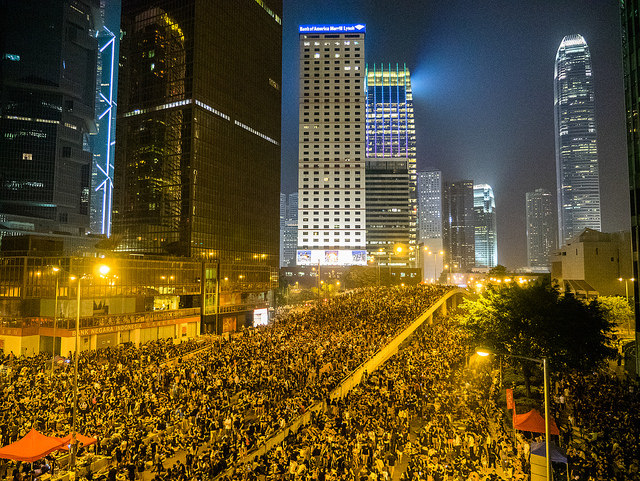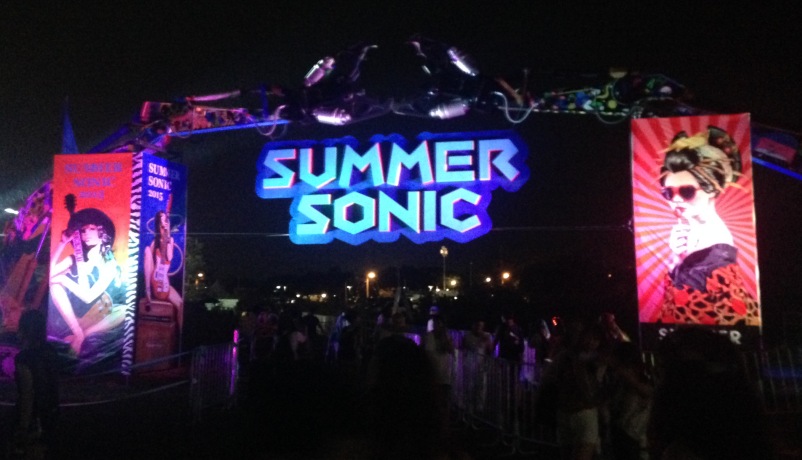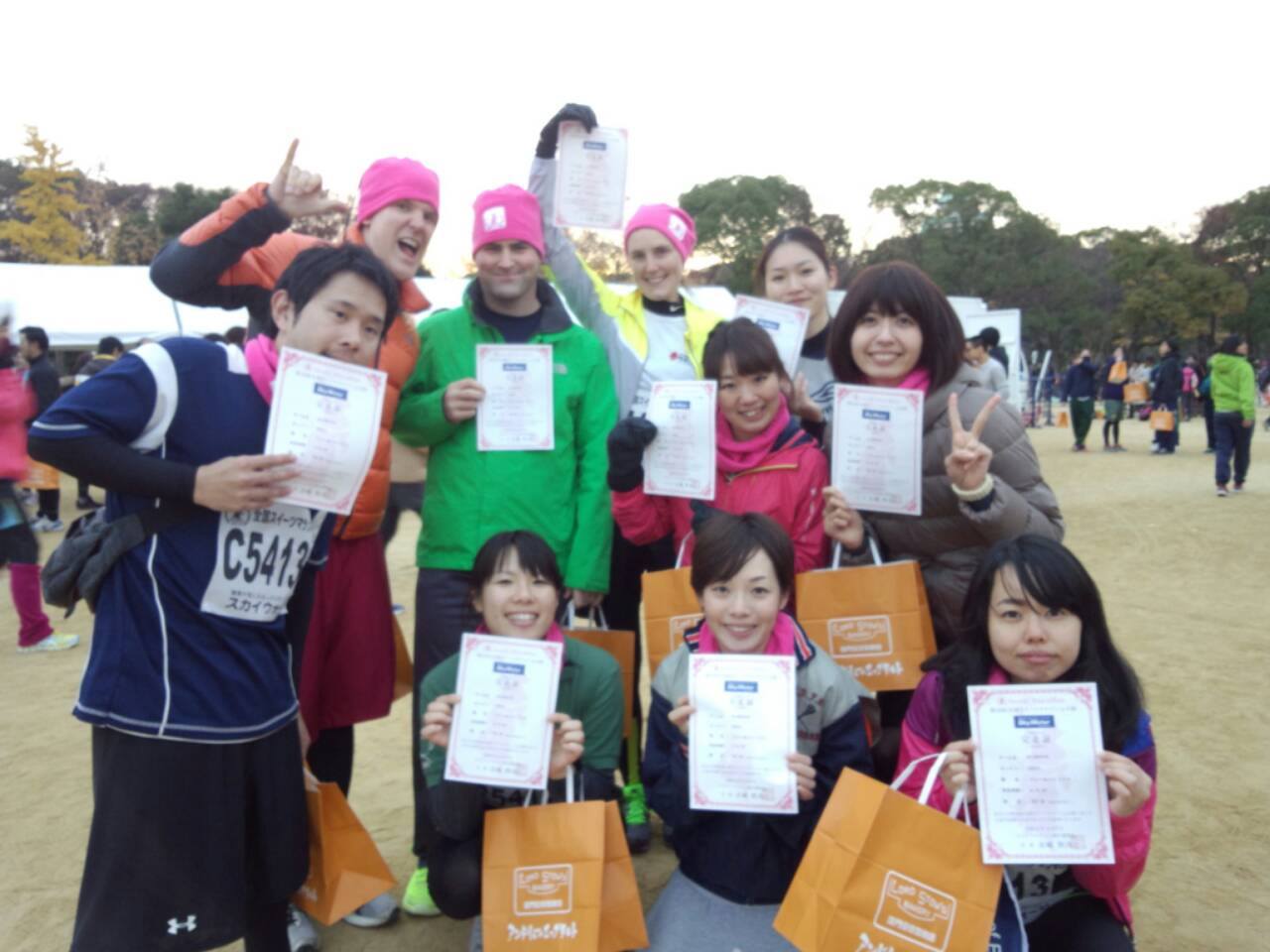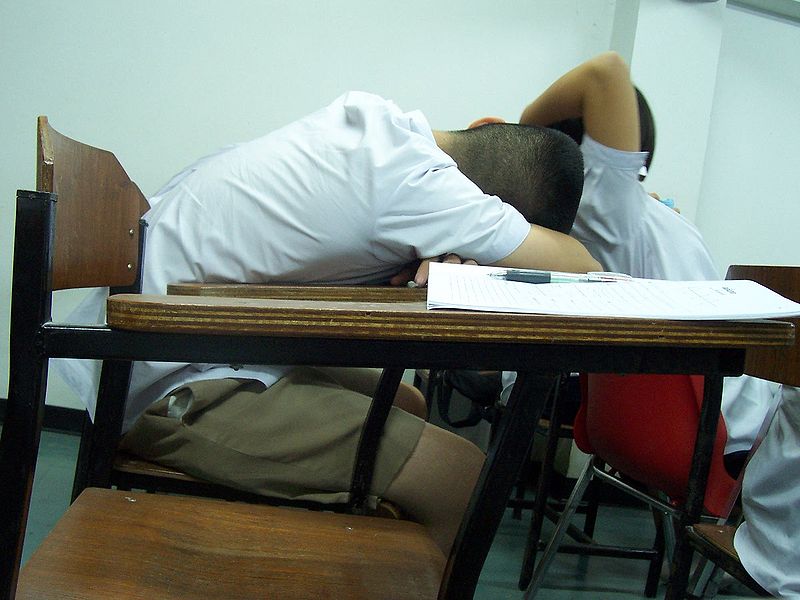Cloudy with a Chance of Violence: Protests in Hong Kong
This month we’re branching out from the usual coverage of Japanese current events and taking a look at our neighbors in China (expect to see more updates about regional news in future issues).
As many of you are well aware, Hong Kong’s commercial district has been flooded with protestors, the majority being students, since the September 26 weekend in what’s being dubbed the Umbrella Revolution. However, the reasons for the protests and Hong Kong’s overall status might still be unclear or confusing to some. A quick history lesson: Hong Kong, also known as the Hong Kong Special Administrative District, was once a British colony, but returned to Chinese sovereignty in 1997. In 1988, a committee of both Hong Kong and Mainland residents drafted the Basic Law, which was adopted formally in 1990. The Basic Law can be viewed as a constitution of sorts, guaranteeing certain rights and freedoms – equality before the law, speech and press, privacy, etc. – to permanent residents of Hong Kong. This document is meant to remain in place 50 years after the end of colonial rule, until 2047.
However, the policy of “one country, two systems†has had its contentious points. One of the biggest and the one suggested as cause for protest is how Hong Kong’s chief executive is chosen. Currently, the decision is made by an election committee of 1,200 individuals from a number of backgrounds, but largely Beijing loyalists. The chief executive is chosen by winning a simple majority from the committee. Yet, the National People’s Congress (the national, not Hong Kong, legislature) decided at the end of 2007 – a year marking the 10th anniversary of Hong Kong’s return and a year filled with its own protests – to allow the chief executive to be chosen by a popular vote… in 2017.
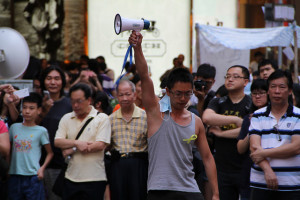
Then earlier this year came the news that China’s national legislature was going to release specifics for the chief executive elections. Rallies, held by many of the same people protesting now, urged the national legislature to allow universal suffrage for Hong Kong residents. Pleas were only partially met when the Chinese government released its decision on August 31. Yes, Hong Kong residents could vote for a chief executive, but only once candidates for chief executive were decided by a nominating committee. Essentially the current election committee, changed to a nominating committee, would vet possible candidates and only those candidates who received approval from the majority of the committee could appear on the ballot. Thus, protests have erupted these past few weeks because Hong Kong residents view this an attempt by the National government to keep the chief executive as someone who maintains mainland interests over Hong Kong’s.
Whether or not the protests will be successful is far from certain. Many have criticized the movement as being leaderless while others speak of the apparent generational divide. Protests continued as ceremonies were held on October 1, China’s National Day, a celebration of China’s revolution 65 years ago. Many who are pushing for greater democracy faced those who continue to want closer ties to Mainland China, both sides accosting one another for their beliefs and actions. Even support from other democratic nations beyond soft verbal responses is uncertain. It doesn’t seem like many countries are ready to throw their weight behind the protestors like they did in Ukraine, perhaps due to the potentially crippling economic costs involved. China’s foreign minister Wang Yi has also explicitly said that this is an internal affair and other countries must not interfere.
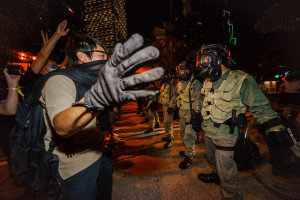
At the time of this article, protestors are also threatening to take over government buildings if the current chief executive, Leung Chun-ying, does not resign. If that happens one can only assume an increase in tension and hostilities will occur, with violence resulting. With Tiananmen in the back of everyone’s mind, most would rather see a peaceful solution to this situation.
Sean Mulvihill
